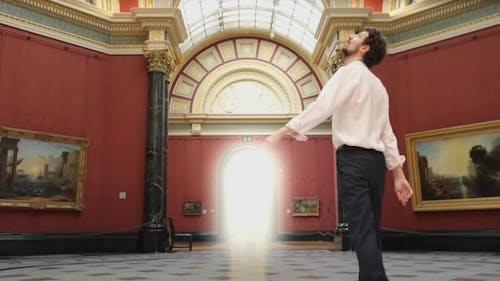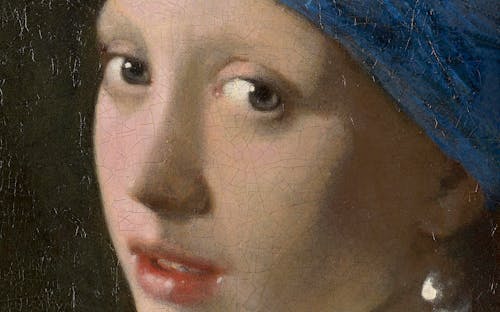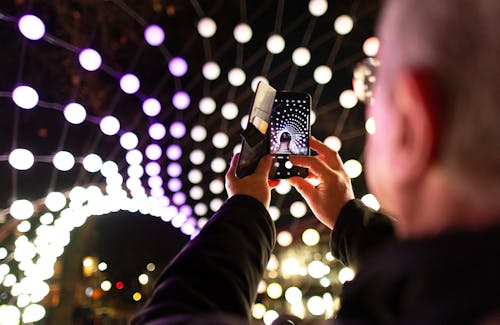Online Museum Platform
Frans Hals Museum, Teylers Museum and Q42 have launched a new platform for developing museum websites. The initiative offers museums the infrastructure to build user-friendly websites and exchange knowledge about digital innovations.
The collaboration stems from the desire of museums to make the online experience just as special as the physical visit. However, the challenge for many cultural institutions is that
- a really good website is quite expensive,
- the budgets of (medium-sized) museums are relatively tight,
- a budget is invested in a new website every five years,
- the focus is more on uniqueness than on usability and sustainability,
- and there is little room for maintenance and further development.
By investing together in sustainable digital development, we want to create a strong foundation with innovative functionalities, which would otherwise be financially unattainable for many museums.
Starting points
Together with Teylers and Frans Hals Museum, we have thought about how we could create one platform for multiple unique museum websites. In doing so, we arrived at the following starting points:
- A good, user-friendly website.
- A website that lasts a long time.
- The functionalities that are needed within the available budget.
- Further development of functionality so that the website remains up-to-date.
- A unique look & feel.
- A user-friendly CMS for the editorial team.
- Good and stable support.
"Our ambition is to work with other museums to truly bring about innovation in the digital development of museum websites."
Paul Stork, business director Frans Hals Museum
Time saving
The first websites built on the Online Museum Platform are the new teylersmuseum.nl and franshalsmuseum.nl. The websites of the Kröller-Müller Museum and Rembrandthuis will follow later. Although functionalities are shared, each museum has its own look and feel. By using the latest open source technology, the platform supports a unique design for each website that a museum determines itself. Each institution therefore has the freedom to have a design made by its own designers. The interaction design (UX) is already defined and tested extensively within the platform. This means that it does not have to be specifically designed, which saves a lot of time and money. In this way, a new museum website can be launched within a few weeks.
Innovative functionalities
With the Online Museum Platform, the organisations involved are pooling their financial resources and technical expertise. With the construction of the award-winning websites of, among others, the Rijksmuseum and Van Gogh Museum, Q42 has gained a lot of experience in developing user-friendly websites and complex interactive features, such as zooming in on works of art and storytelling. The more museums join the platform, the more innovative functionalities can be developed. When adding functionality, collectivity and user-friendliness always come first. Thanks to the Online Museum Platform, cultural institutions can develop a good website that remains user-friendly, accessible and technically up-to-date through collaboration and knowledge sharing.
Webinar with more background information about the Online Museum Platform





